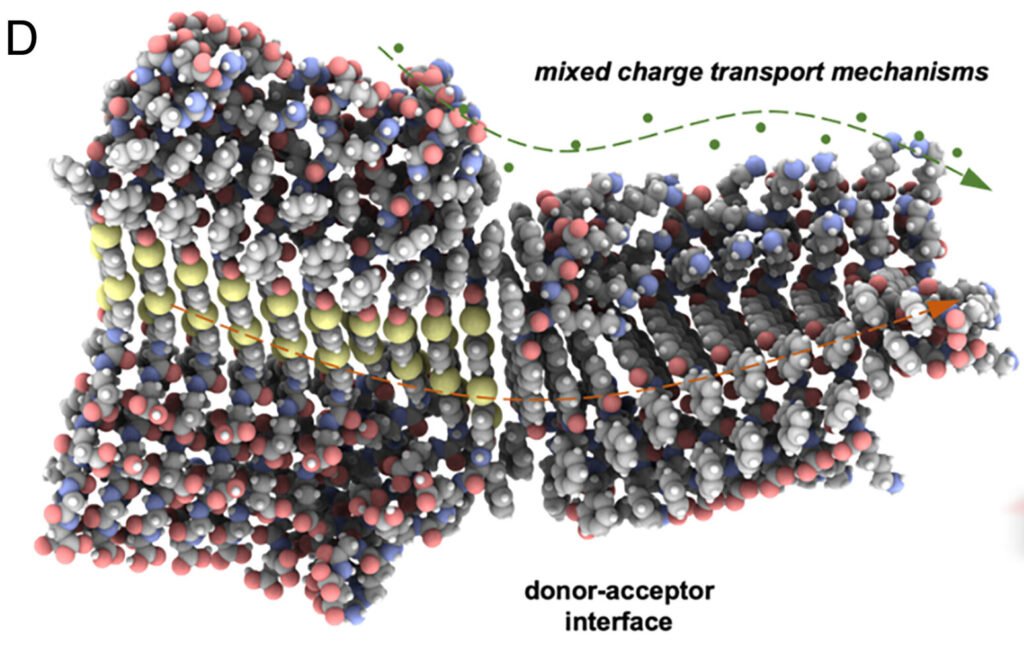Heart disease remains one of the leading causes of death worldwide, and researchers continue to search for better ways to repair damaged cardiac tissue. A new breakthrough from the University of California, Irvine offers a promising solution: a light-responsive biomaterial that can stimulate heart cells without the need for invasive procedures or genetic modification.
Developed by a team of chemical and biomolecular engineers, the material converts light into electrical signals that guide heart cells to contract more rhythmically and express more mature cardiac features. This approach mimics the natural electrical cues that regulate heartbeat, but does so using external light sources instead of implanted devices or drugs.
The key to the technology lies in engineered peptides that form a dynamic interface between the material and the cells. These peptides respond to specific wavelengths of light, triggering changes in cell behavior. By adjusting the amino acid sequences, researchers can fine-tune the material’s responsiveness and optimize its effects on different types of cardiac cells.
Unlike passive scaffolds that simply support tissue growth, this system actively interacts with cells to promote functional development. In lab tests, heart cells grown on the light-responsive material showed improved alignment, stronger contractions, and enhanced expression of genes associated with mature cardiac function. These results suggest that the material could be used to build lab-grown heart tissues that closely resemble those found in the human body.
The technology also has potential applications in stem cell therapy, where immature cells are often transplanted into damaged tissue. By using light to guide their development, clinicians could improve the effectiveness of these treatments and reduce the risk of complications. The material’s noninvasive nature makes it especially appealing for use in clinical settings, where safety and ease of use are paramount.
This innovation reflects a broader trend in bioengineering: the development of smart materials that interact with biological systems in precise and controllable ways. By harnessing light as a stimulus, the UC Irvine team has created a versatile platform that could transform how heart cells are studied, repaired, and regenerated.
If successful in future trials, this technology could lead to noninvasive pacemakers, improved cardiac patches, and more effective regenerative therapies. It represents a significant step toward personalized heart care, where treatments are tailored to the unique needs of each patient using advanced biomaterials and real-time control.

